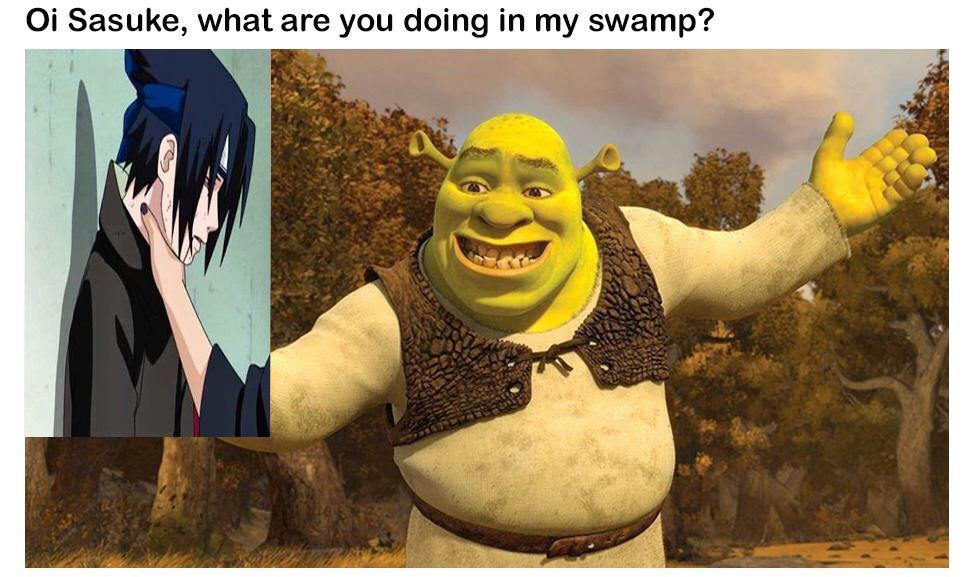Hunting Season
Hunting season begins in late Last Sunset and continues through Long Night until it is time to leave the Ice Flats. Hunting parties leave the Flats region, armed with traditional weapons such as spears, bow and arrows, axes, etc. (more modern solar-powered energy weapons would not work, or not work well, that time of year), and follow ancient routes along the southern edges of the Frozen Wastes. The routes lead to grazing and hunting grounds for arctic birds and megafauna such as the Basket Horns, which the Stenza can detect from some miles out.
There are important codes Stenza hunting parties must follow while out. The first is to focus only on adults of prey species, and the second is to only kill as many as needed. Hunting prey species for sport is strictly frowned upon, and taking trophies from them is forbidden. (There is a key distinction between a prey species, and a species hunted for other ritual purposes. Basket Horns are in a different category to Humans, even if many members of the latter would not see it that way if they knew.) Each part of the animal is used: meat and fat go into food stores; hides and furs contribute to bedding, drums, and clothing; bones are also used to make drums, and weights for looms. Bones in particular see good decorative use, as in Bone Decoration practices.
Pups commonly accompany hunting parties along the journey, being ever-curious as they are, and commonly spend nights making their first goes at roaring (their undeveloped vocal chords lead to a squeaking sound that many agree is adorable, but common practice is to encourage their efforts).
This activity is governed by the Snow Pup known as Hunter.
History
Proto-Stenza and the earliest modern Stenza hunted continuously throughout the year. Genetic analysis of some of the remains from these eras indicate that the idea of a rule system to the process began to form early, possibly concurrent with the Collective Knowledge although the science is disputed. Many of the remains indicate otherwise healthy specimens, although broken legs and other injuries are not uncommon.
When Stenza discovered food preservation, it was a game-changer. Early processes were highly imperfect, but as the technology improved, days were shaved off of the time needed to hunt, and planning a hunt became more common. Over time, more and more excess meat could be stored, and the hints of a rule system began to coalesce into the practices and rituals that govern a modern hunt. The role of Hunter shifted in popular consciousness, and while they still are the presiding spirit over food, they picked up several strong associations with rules and honorable hunting practices (which would bleed over into trophy hunting, as well).
Gradually, hunting season was whittled away to much of the season Long Night as part of preparations for migration, and became increasingly codified until it assumed a modern form, after which it appears only fine tuning was required.
Execution
Hunting for food is a vastly different affair to hunting for other reasons, and there are some spoken or unspoken rules about how one conducts oneself on a hunt.
- Only concern yourself with adults of the herd/flock/etc.
- Only kill as many animals as you believe your clan will need for the winter.
- For species of bird which must be prepared with their egg, kill only rarely.
- Do not take trophies from prey species.
- Reduce your waste from each animal.
- Remember your libations to Hunter.
Secondary Hunting Season
There is a secondary hunting season taking place shortly after all Stenza clans have returned from Migration. While all the same rules apply, the primary targets are arctic scavenging birds and birds of prey, including Kʉrdeneχ, which provide fresh meat after the long journey and have led to a connotation of poultry as a "special occasion" food for First Sunrise. This secondary season is also good for replenishing stores and stocking up on certain materials such as furs or feathers.
Primary Related Location




This is really interesting. I love the rules that govern hunting season to minimise the harm on the hunted species. And I love that there is a difference between hunting for food and hunting for trophies.
Explore Etrea
That's where real-world inspiration comes in handy. I live in a town where hunting is pretty big, so I end up fairly familiar with the rules, written and unwritten.